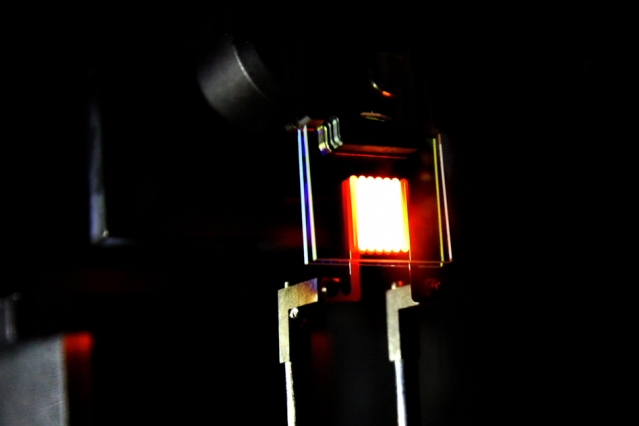The aquarium hobby has gone from metal halides to fluorescent lamps to light emitting diodes and now we might have incandescent light bulbs lighting up our future reef tanks. We’re getting ahead of ourselves but if new research out of MIT is as promising as it sounds, those old fashioned screw-in heat globes could have the potential to be even more efficient than LEDs.
Incandescent lighting has been practically banned from sale in some developed countries due to their gross power efficiency, especially compared to modern lighting technology. Where incandescent lights average about 2% efficient at generating light from electricity, fluorescent and LED lighting sources are about 10 to 15% efficient at turning electricity into photons [wiki].
A new experiment from MIT uses ‘photomic crystals’ coating the tungsten filament of typical incandescent light bulbs to redirect the waste heat energy into the filament. This recycling of energy can boost the lighting efficiency of an incandescent bulb as high as 40%, although the current proof of concept is still just shy of 7% lighting efficiency. The longevity of these newfangled incandescents is not mentioned but one key benefit of more efficient conventional light bulbs is the warmer color spectrum they emit, with a high CRI, a color which LED light manufacturers are desperately trying to reproduce with the screw-in versions of LED bulbs.
The aquarium hobby hasn’t considered incandescent light bulbs as a critical device since the days of slate-bottom freshwater tanks when they light bulb was more important for keeping the tanks warm. The commercial realization of this new ‘recycled’ incandescent lighting is surely many years off, if it ever comes to fruition, but it would be a strange twist of history to have the oldest form of electrical lighting surpass all the high tech ways we’ve since thought of to generate photons to light our homes and aquariums. [MIT]



